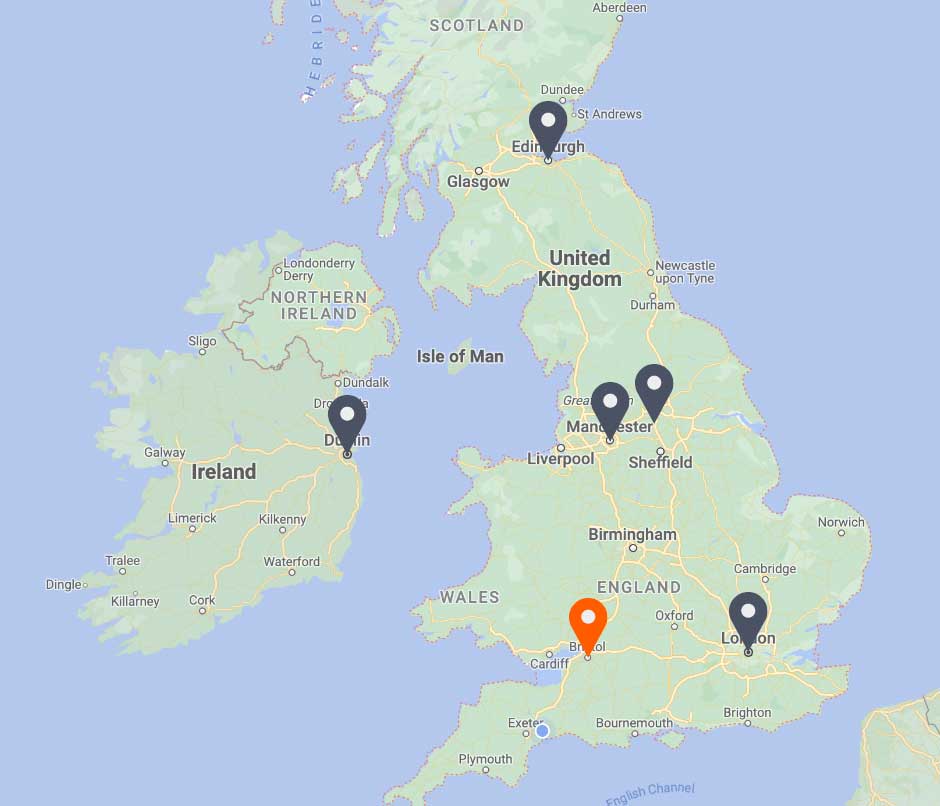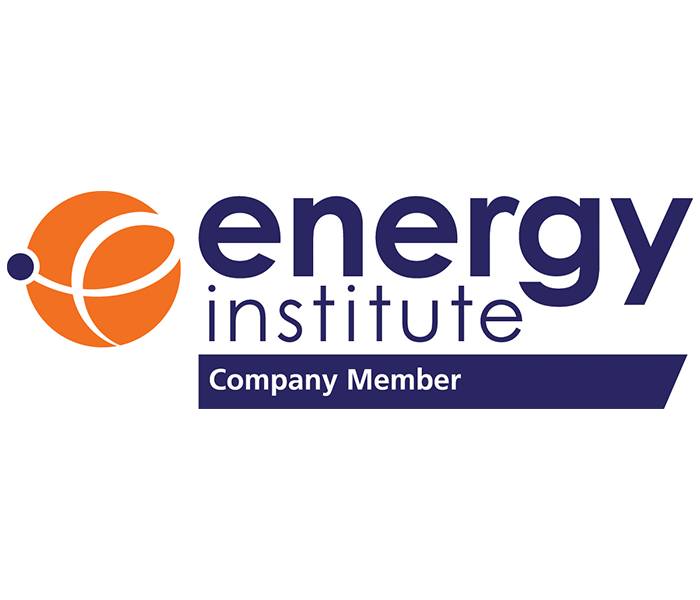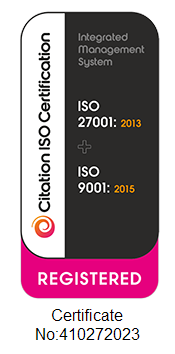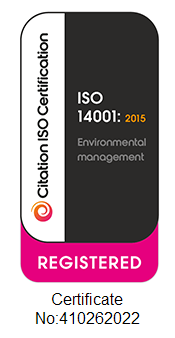THIS ARTICLE AT A GLANCE
CONTACT ETS
If you have any questions or would like to discuss further what you should be doing, ETS is here and willing to help.
Call 0117 205 0542
Email enquiries@energy-ts.com
Submit a contact form
CHECK OUR SERVICES
Converting Energy Data into Savings Opportunities

There are proven business benefits to appropriate metering and subsequent energy monitoring.
According to the Carbon Trust, 20% of a business’ annual energy costs are wasted through inefficient equipment. A British Gas survey of several thousand smart meters also showed that 46% of SME’s total electricity used is outside of occupation hours (between 6pm and 8am). Additionally, in some cases up to 60% of office heat is lost through the fabric of the building.
Other sources also claim many industrial installations are seeing a 50% reduction in efficiency from heat loss due to poor or missing insulation.
So, we can see that there is real potential in unlocking significant energy savings but how do we exploit these opportunities?
Conducting an energy audit is the by far the best way to collect and then analyse energy consumption data. Tracking past and present energy consumption provides information on how much energy is being used and when. This information can help to determine areas of significant energy consumption and identify energy waste.
So now we need to calculate the savings. What does this Involve?
First you need to review the operational performance of the existing HVAC plant and equipment. Also identify current occupancy levels, operating times and conduct a detailed study of the current BMS control strategy.
All this information can then be compared against buildings with similar characteristics. This will provide a projected consumption profile highlighting problem areas which require improvements.
Savings should be determined by comparing consumption before and after implementation of any energy saving initiative. Suitable adjustments for changes in conditions should also be accounted for.
The metering plan, specific for every organisation, is essential to measure and compare consumption over time. It involves the implementation of metering and measurement equipment as well as energy consumption figures to calculate the EPI (Energy Performance Index).
The analysis of all of this data makes it possible to validate the energy savings achieved following the completion of a project. It also helps keep track of energy performance over the long term.
If you would like advice about how to improve energy efficiency within your building, contact us on 0117 379 0850 and speak to one of our specialists.
More Answers
Final thoughts
If you are looking for an energy management system that is tailored to your business needs, ETS can provide you with 25 years of experience in dramatically improving energy efficiency and reducing environmental impacts. Whether your businesses have individual assets or large international portfolios, ETS can assist you in saving substantial amounts of money while significantly reducing your carbon performance.
To discuss your requirements, get in touch. You can contact us by calling 0117 205 0542 or drop us an email at enquiries@energy-ts.com.
There are proven business benefits to appropriate metering and subsequent energy monitoring.
According to the Carbon Trust, 20% of a business’ annual energy costs are wasted through inefficient equipment. A British Gas survey of several thousand smart meters also showed that 46% of SME’s total electricity used is outside of occupation hours (between 6pm and 8am). Additionally, in some cases up to 60% of office heat is lost through the fabric of the building.
Other sources also claim many industrial installations are seeing a 50% reduction in efficiency from heat loss due to poor or missing insulation.
So, we can see that there is real potential in unlocking significant energy savings but how do we exploit these opportunities?
Conducting an energy audit is the by far the best way to collect and then analyse energy consumption data. Tracking past and present energy consumption provides information on how much energy is being used and when. This information can help to determine areas of significant energy consumption and identify energy waste.
So now we need to calculate the savings. What does this Involve?
First you need to review the operational performance of the existing HVAC plant and equipment. Also identify current occupancy levels, operating times and conduct a detailed study of the current BMS control strategy.
All this information can then be compared against buildings with similar characteristics. This will provide a projected consumption profile highlighting problem areas which require improvements.
Savings should be determined by comparing consumption before and after implementation of any energy saving initiative. Suitable adjustments for changes in conditions should also be accounted for.
The metering plan, specific for every organisation, is essential to measure and compare consumption over time. It involves the implementation of metering and measurement equipment as well as energy consumption figures to calculate the EPI (Energy Performance Index).
The analysis of all of this data makes it possible to validate the energy savings achieved following the completion of a project. It also helps keep track of energy performance over the long term.
If you would like advice about how to improve energy efficiency within your building, contact us on 0117 379 0850 and speak to one of our specialists.
More Answers
Related Article
Building Optimisation & BMS Controls during the Summer
Building Resilience for Extreme Weather with ETS Solutions Unprecedented effects of climate change are on the rise and in evidence, where extreme heatwaves and wildfires have occurred in Southern Europe
Carbon Reporting leads you to a sustainable future
Carbon reporting enables organisation to have a better understanding about their GHG emissions, resulting from their operations and activities. This data empowers businesses to identify opportunities and prepare for Net
Energy conscious organisation enco
Saving energy through people.. What? Energy Conscious Organization is a framework developed by Energy Services & Technology Association and the Energy Institute to help incorporate people measures into energy…







































































